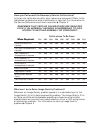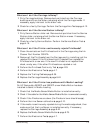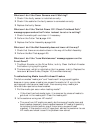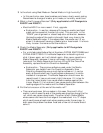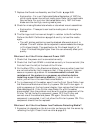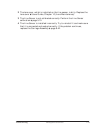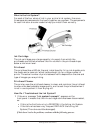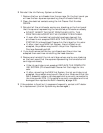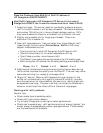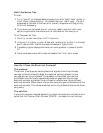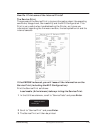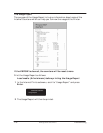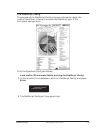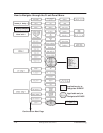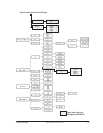
1-16 Troubleshooting
HP DesignJet CP Series Printers
Does the Customer have Mid-Print Refill Problems in
HP DesignJets 3500CP/3000CP?
New Refill Features in HP DesignJet CP Series (in the case of
DesignJets 2X00CP, the firmware release must be at least A.04.05)
1 Adaptive trigger. The printer looks for low density places to stop and
refill in the print where it will be less noticeable. This feature becomes
active when 75% of the ink in the printhead has been used up. RIP’s
may have disabled this feature, or enabled it at a different ink level.
2 Slightly more useable ink for Imaging printheads. There is an
additional 10% of usable ink.
3 New refill type selections. User can select from three different refill
types through the front panel (Device Setup / Refill=). RIP’s may
support these selections, too:
D Type A is similar to what HP DesignJet 2xxxCP does at refill.
D Type B finishes the print to a clean edge before refilling.
D Type C does a quicker, more frequent refill.
D The Default type makes the correct selection for HP media types.
D When using non-HP medias, the following settings are probably best:
Glossy - B or C Coated - A or B Backlit - B or A
4 Additional printhead servicing and warming activities are done during
refills, which improves the quality over the 2xxxCP. The user may notice
some new servicing (i.e. noises) at mid-page refills.
5 “Big print” feature. When a refill happens during a large print, the
printer will automatically refill again at the end of the print, to make
sure the maximum ink is available for the next print, which might also
be expected to be large. The user is unlikely to notice this difference in
behavior, since the printer often refills at the end of large pages.
Working with refill problems
General tips:
D Check media type is loaded correctly.
D Check refill type is set to default.
D Try a higher image quality setting for better performance.
D Check user’s expectations - refill performance is not always “perfect”, but
almost always is acceptable for poster-type applications. Photo medias
are the most sensitive to defects.



